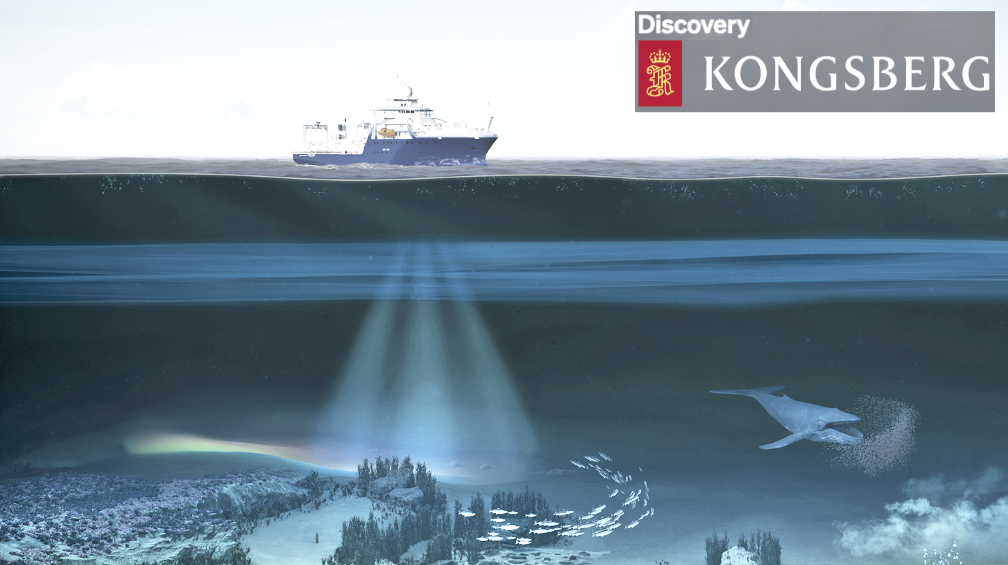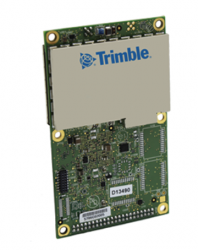Kongsberg Discovery is marking a milestone in its inertial navigation portfolio’s 30th anniversary with the launch of the Seapath 385 navigation system. The system is designed to enhance precision in hydrographic surveying by leveraging advanced navigation algorithms and integrating a range of satellite signals, including GPS, GLONASS, Galileo, Beidou, and QZSS, alongside geostationary satellite signals.
The Seapath 385 system unites raw inertial sensor data from Kongsberg Discovery’s proprietary high-performance Motion Gyro Compass (MGC) or Motion Reference Unit (MRU) with GNSS data and corrections from RTK, PPP, or DGNSS. This integration results in a robust and highly accurate navigation solution tailored for the rigorous demands of hydrographic surveying.
Vidar Bjørkedal, VP of Sales at Kongsberg Discovery, emphasized the system’s groundbreaking performance, stating, “Since its inception in 1994, the Seapath series has consistently set the standard for excellence in hydrographic surveys globally. The introduction of Seapath 385 represents an evolutionary leap forward, combining enhanced hardware capabilities with refined processing algorithms to achieve unparalleled performance.”
The system’s improved dead reckoning capabilities are attributed to its sophisticated inertial sensors and updated navigation algorithms. The innovative use of GNSS antennas for both positioning and heading determination adds an extra layer of robustness to the system. The Seapath 385 also introduces a new post-processing format that consolidates all necessary data and system configurations into a single file, allowing for centimeter-level position accuracy through either satellite orbit and clock data or data logged from base stations.
Designed for ease of installation and continuous, reliable operation, the Seapath 385 is a modular system with a processing unit that handles all critical computations independently of the user interface on the HMI Unit. This feature ensures precise measurements with a data rate of up to 200Hz at multiple monitoring points, making it an ideal solution for accommodating sensors or systems that depend on motion or position data throughout the vessel.






